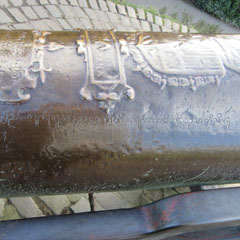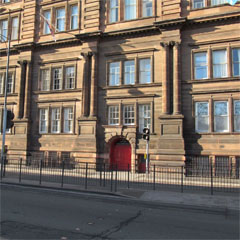 Caledonian Hotel, Princes Street, Edinburgh EH1 2AB
Caledonian Hotel, Princes Street, Edinburgh EH1 2AB
The Scottish Naval and Military Academy, founded 1825, trained young gentlemen for the British and East India Company’s forces, and, from 1829, shared with the Riding School a new building on Lothian Road opposite Castle Terrace (now the Caledonian Hotel). From high poetic texts James Ballantyne taught ‘Persian, Hindoostanee and Arabic’, 1832-45 before becoming Superintendent of Benares College. At its peak over 100 students learned things like ‘the chief cities of Hindoostan’ or, like Patrick Lindesay earned an Indian sword for ‘gentlemanly conduct’ and a medal for military drawing. The school was demolished for railway use in the early 1860s.
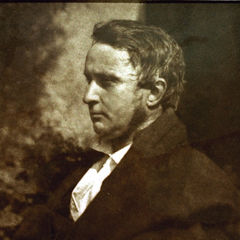
Portrait of James Ballantyne, circa 1845, by Hill and Adamson.
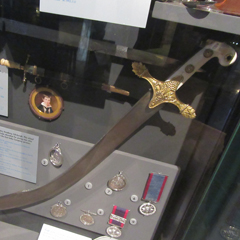
Patrick Lindesay’s Indian style sword of honour, awarded for ‘Gentlemanly Conduct’, 1833.

Robert Pope’s Medal for French and Hindustani.
Find out more

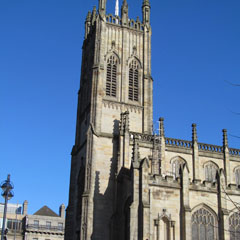 St John’s Episcopal Church, Princes St, Edinburgh EH2 4BJ
St John’s Episcopal Church, Princes St, Edinburgh EH2 4BJ
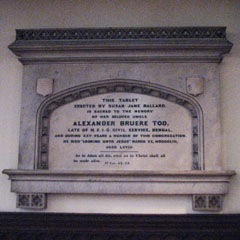
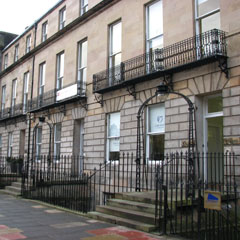 37 Melville Street, Edinburgh EH3 7JF
37 Melville Street, Edinburgh EH3 7JF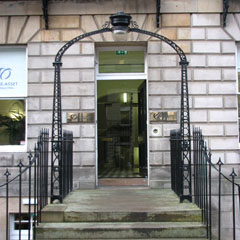
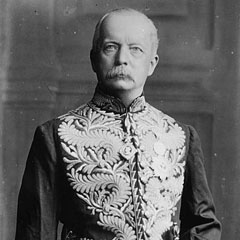
 1-9 Randolph Cliff, Edinburgh EH3 7TZ
1-9 Randolph Cliff, Edinburgh EH3 7TZ

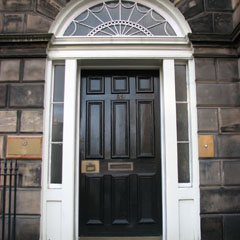 22 Charlotte Square, Edinburgh EH2 4DF
22 Charlotte Square, Edinburgh EH2 4DF


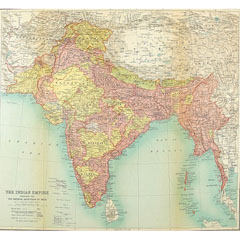
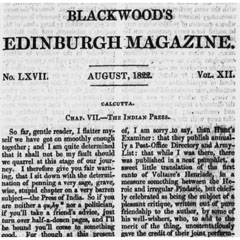
 Aberdeen Standard Investments, 1 George St, Edinburgh EH2 2LL
Aberdeen Standard Investments, 1 George St, Edinburgh EH2 2LL

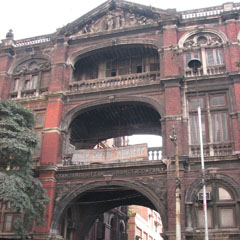
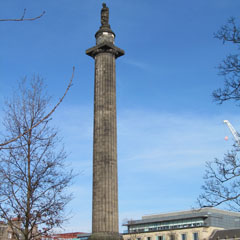
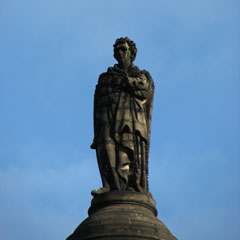
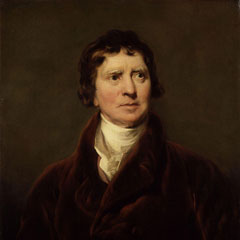
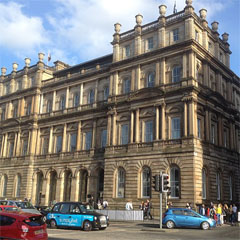
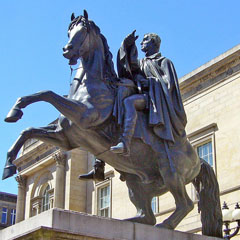
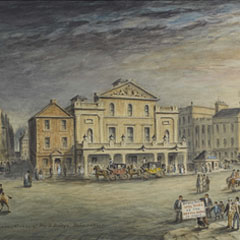
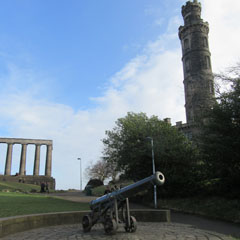 Calton Hill, Edinburgh EH7 5AA
Calton Hill, Edinburgh EH7 5AA